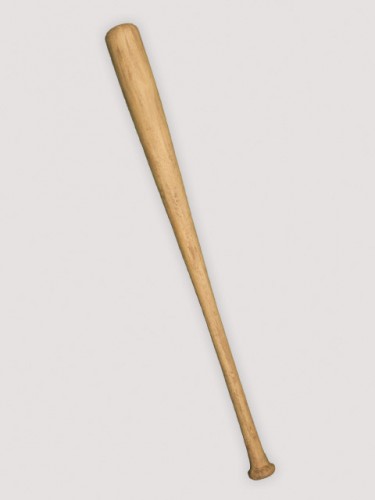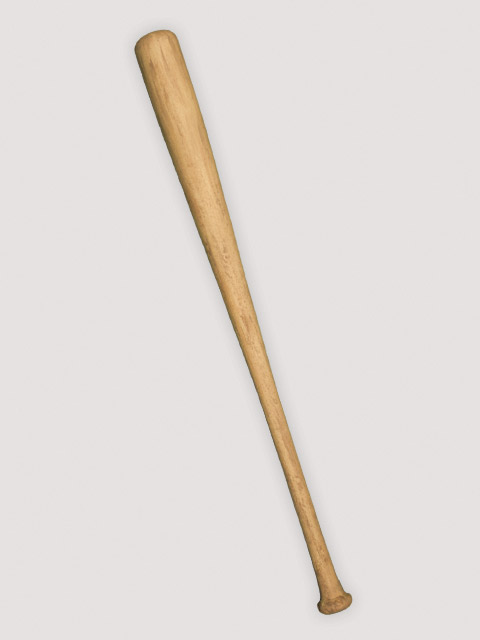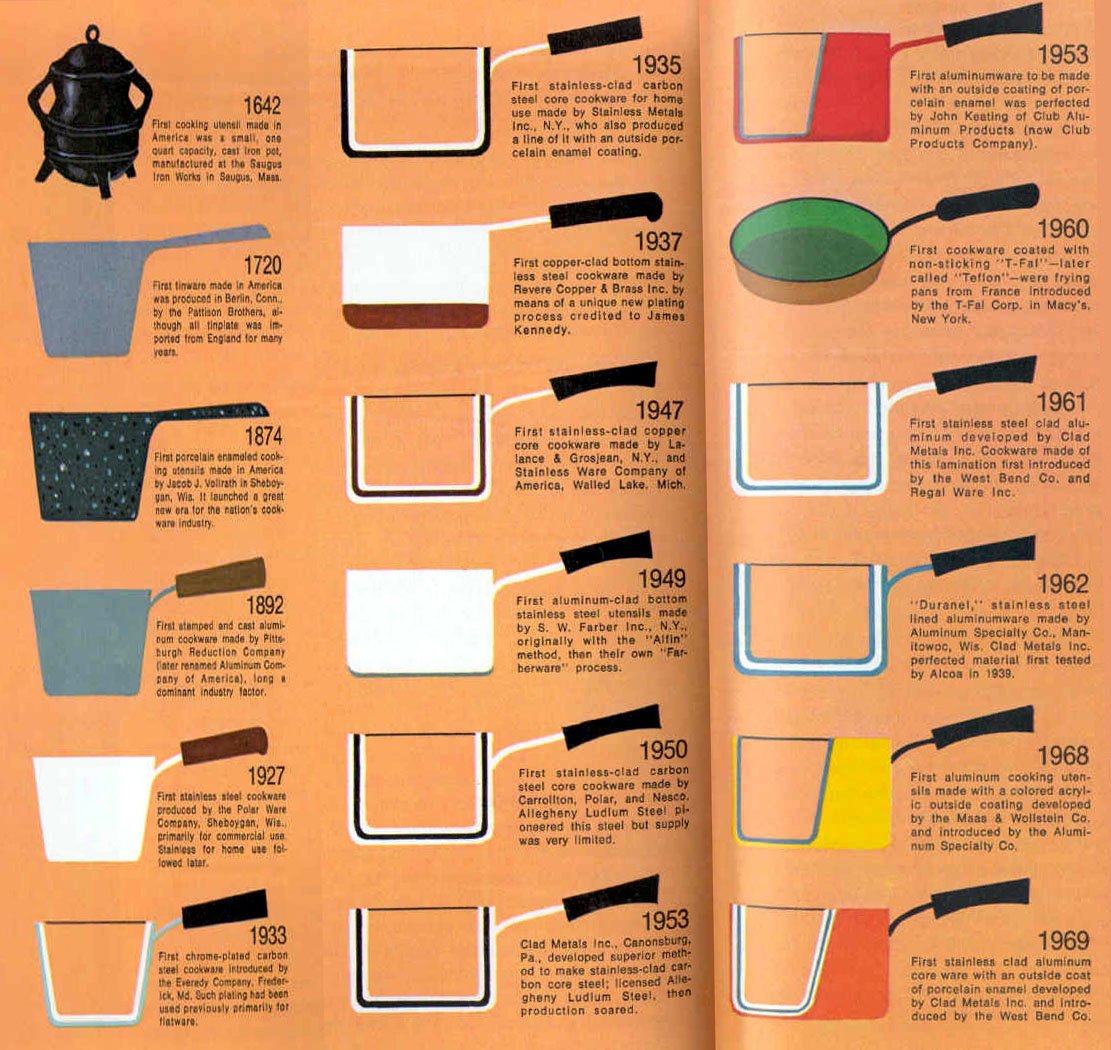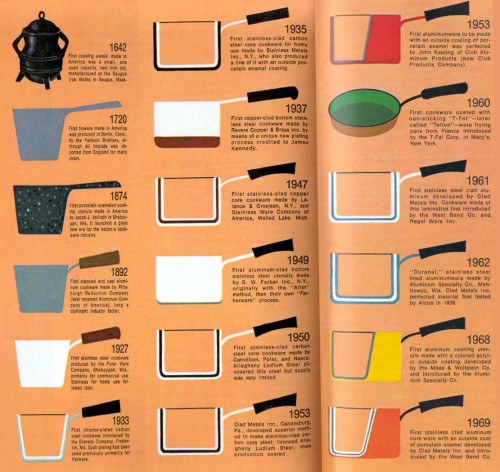Hey, everybody. I’m going to be running my very first contest!

Specter Studios is a props, costumes and mask shop out of Pittsburgh, PA. Their theatrical props include a number of soft foam and latex weapons, such as the baseball bat above. It looks real, but you can beat people over the head with it. For theatre, of course. It’s the prize of this contest here.
Specter Studios is a bit different from those pop-up Halloween stores you see every year. They employ a number of local artists to make all of their products. You can actually see photos and bios of them at the website. Their Facebook page has even more behind-the-scenes photographs.
So what do you have to do to win? Simple, just leave a comment at this blog post saying what play, movie or TV show would be improved by the addition of this foam bat. If you follow the blog by email or through RSS, be sure to visit the website itself to leave your comment. Creativity is key, here. The contest will remain open until 11:59pm on Thursday, May 24, and I will announce the winner on the blog that Friday morning.
(The baseball bat can only be shipped to the Continental US, so the winner will have to provide a US address for the prize to be shipped to.)



